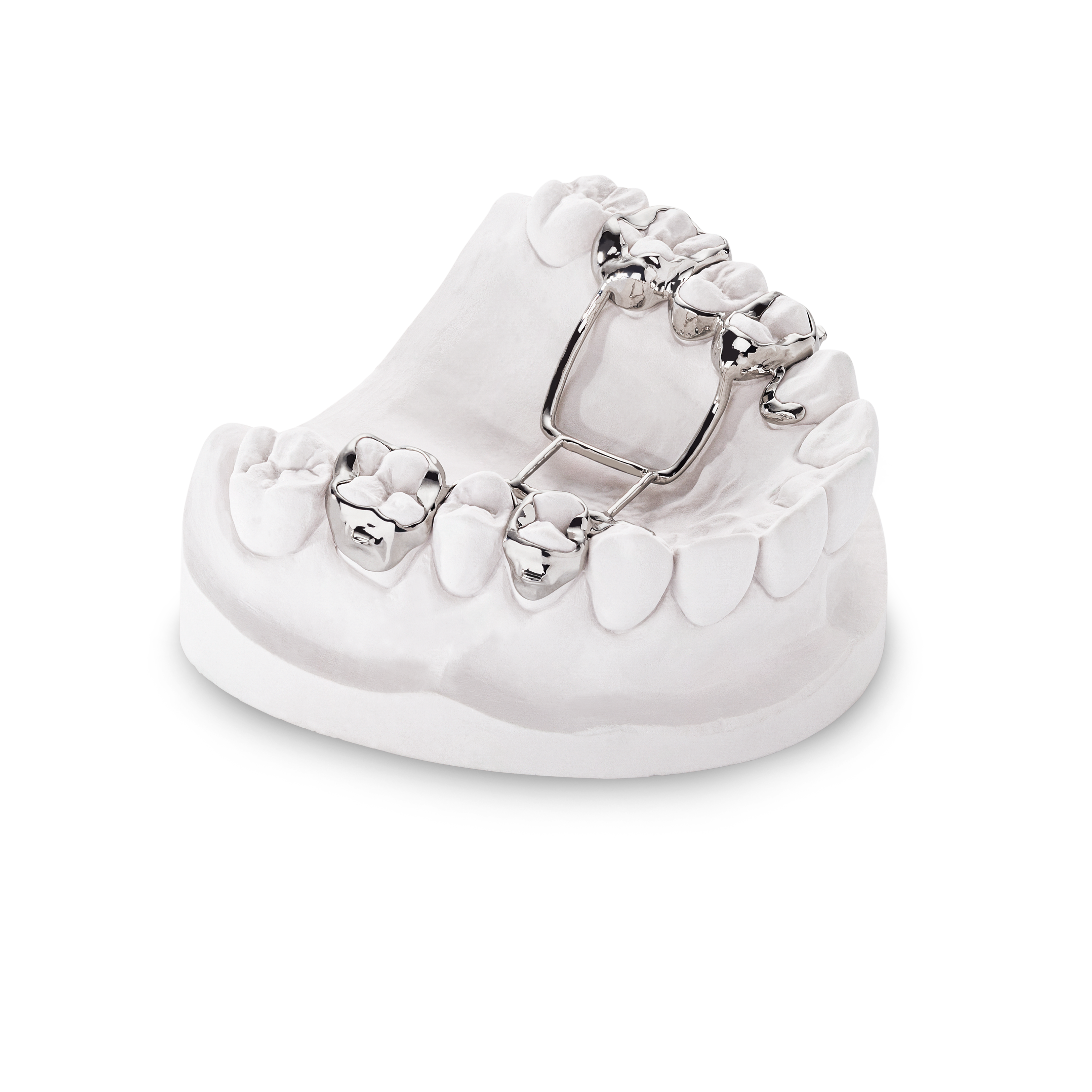Digital orthodontics opens up new opportunities for doctors, dental laboratories and patients
We usually speak of digital dentures. But the customers of dental laboratories include dentists as well as orthodontists. With this article we are dedicating ourselves to digital orthodontics today. Digitization is also finding its way into the field of orthodontics, simplifying some processes and ensuring more added value in your laboratory.
Digital impression taking with use of intraoral scanners
Efficiency begins as soon as the impression is taken. In the orthodontic practice, this task is made easier by the use of intraoral scanners. In the dental laboratory, the work step of conventional model production is no longer necessary and an intraoral scan is also much more pleasant for patients than an analogue impression. Until now one of the biggest concerns of patients was: "How do I survive the unpleasant taste and the urge to gag". Some patients are even willing to take over the service costs of the digital impression themselves if the health insurance service does not apply here.
Data obtained from the intraoral scan are then imported directly into the practice software. In the spirit of the platform idea, which we have already taken up in the article “Technological developments in the dental industry”, there is the possibility of creating external accesses. In this way, dental laboratories can also access the released patient data, such as the aforementioned scans, but also X-ray or DVT recordings. The central data management, which has been improved as a result of ongoing digitization, thus simplifies practice and laboratory processes.
Faster and easier model analysis through digital orthodontics
This simplification is also strongly noticeable in the model analysis. Since the patient data is managed centrally, it can be accessed from any treatment room. The model analysis is then carried out with a mouse click. In this way, different treatment situations can be simulated quickly and easily. Patients have the opportunity to follow these simulations live - at the treating person's site or virtually - and thus have a solid basis for decision-making for further treatment steps. You may already be familiar with this way of working from the backward planning.
Manufacturing of the orthodontic appliances thanks to digital orthodontics
Once the decision for orthodontic treatment has been made, the process is the same as you are already familiar with from the digital production of dentures. The digital data is transmitted to the dental laboratory in order to virtually design the appliances on the models. The appliances are produced using CAD/CAM-supported production and the virtually generated STL data - either in the dental laboratory or in a production center such as CADdent. It is then completed in the laboratory.
Digital orthodontics is nothing new to us. As early as 2014 we produced the first Herbst frames and Herbst designs for our customers through the LaserMelting process. Retainers and the production of models – using resin 3D printing – for aligner splints are also part of our day-to-day business.
The production of trays for indirect bonding, on the other hand, is more innovative. This insertion aid ensures an exact placement of brackets by orthodontists.
Below is a brief overview of the possibilities of additive and subtractive manufacturing of orthodontic appliances, models and insertion aids at CADdent:
Digital orthodontics in LaserMelting in the materials cobalt-chrome and titanium:
- Herbst appliance
- Palatal expansion appliance
- Retainers
- Lingual bar/TPA
- Customized orthodontic appliances on request
Digital orthodontics in the milling technique:
- Bite splints
- Stabilisation splints
- Reflex splints
- Positioning splints
- Therapeutic splints
Digital orthodontics in plastic 3D printing:
- Orthodontic models, for example for aligner splints
- Adhesive trays for indirect bonding
- Individual orthodontic appliances or insertion aids
Further information – including indications – can be found in our price list.
Save space by digitally archiving your models
We have already listed some of the advantages of digitization in orthodontics above. In addition to these advantages, which primarily relate to working with and for patients, you save physical space by archiving digital models. In this way, patient cases can be called up quickly and easily - for dentists and dental laboratories alike.
CONCLUSION
With digital orthodontics, you conserve resources. This is particularly noticeable in the time and material savings. Patients, orthodontists and dental technicians make decisions and work simultaneously on one and the same working basis and can exchange information in real time. In this way, the exact ideas of patients and orthodontists can be implemented in a targeted manner.
Would you like to exchange information about digital orthodontics, or do you not have the software or human resources to design the appliances for your client? Contact us, our experts will be glad to advise you!
